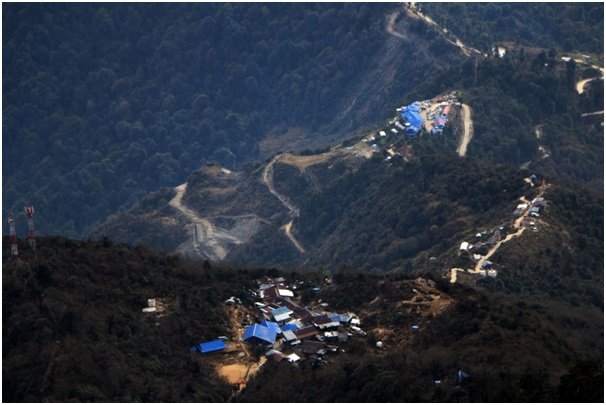Nepal's Herbal Treasure: Tapping into the Potential of the Himalayas

The Himalayas, one of the most diverse and awe-inspiring ecosystems on Earth, provide a rich natural treasure trove of valuable herbs to Nepal. These herbs are not only vital to the local economy but also hold great potential for the global market. However, despite their importance, there remains a significant lack of detailed studies on the various types of herbs found in different parts of the country. This knowledge gap, coupled with other challenges faced by local herb traders, calls for attention and intervention to unlock the full potential of this natural resource.
Local herb traders in Nepal often struggle with a lack of awareness about the demand and price of different herbs in the international market. This knowledge deficit puts them at a disadvantage when trying to negotiate fair prices and compete with other suppliers. Furthermore, existing regulations focus more on imposing restrictions and taxes rather than promoting and ensuring the sustainability of the herb trade. As a result, many potentially valuable and easily cultivable herbal plants in the Himalayan region go to waste.
Nepal's participation in the Convention on International Trade in Endangered Species of Wild Fauna and Flora (CITES) since 1975 has had mixed consequences for the herb trade. While the treaty aims to protect endangered plants and animals, it has led to dissatisfaction among local herb traders who feel they were not adequately consulted before the country joined the convention. The restrictions imposed by CITES hinder the growth of the herbal trade, leaving many valuable plants underutilized.
Over the years, the Taklakot market has transformed from an inconspicuous hub for herbs in the 1990s to a significant center for the herb trade today. The growth of this market underscores the potential for further development of the herb trade. Yarsagumba (CordycepsSinensis), Satuwa(Paris Polyphylla), Ban Lasun, Kutki, Panchaunle, Jatamashi, Bhojpatra, and Morels now form a significant portion of the exports to Taklakot from Nepal.
Despite the growing demand for Himalayan herbs, the Hilsa border remains closed for formal trading, limiting the ability of Nepalese herb traders to access new markets. Traders have expressed frustration at the lack of attention paid by the Government of Nepal to open the border for trade. Opening the Hilsa border could provide new opportunities for Nepalese herb traders and contribute to the growth of the herbal industry.
The Nepalese herbal business is rooted in traditional indigenous knowledge and skills passed down through generations. While this foundation is essential, relying solely on conventional understanding is not enough to compete in the global market. To promote the Nepalese herb business, the integration of new technology and skills is necessary to improve cultivation, processing, and marketing techniques.
In conclusion, the herbs of the Himalayas represent an untapped natural treasure for Nepal, with immense potential for economic growth and global market presence. To unlock this potential, it is crucial to address the challenges faced by local herb traders, such as a lack of market knowledge, restrictive regulations, and limited access to international markets. By embracing innovation, investing in research, and promoting sustainable practices, the Nepalese herb industry can thrive, providing benefits not only to the local economy but also to the global community seeking natural remedies and alternative treatments.






Leave Comment